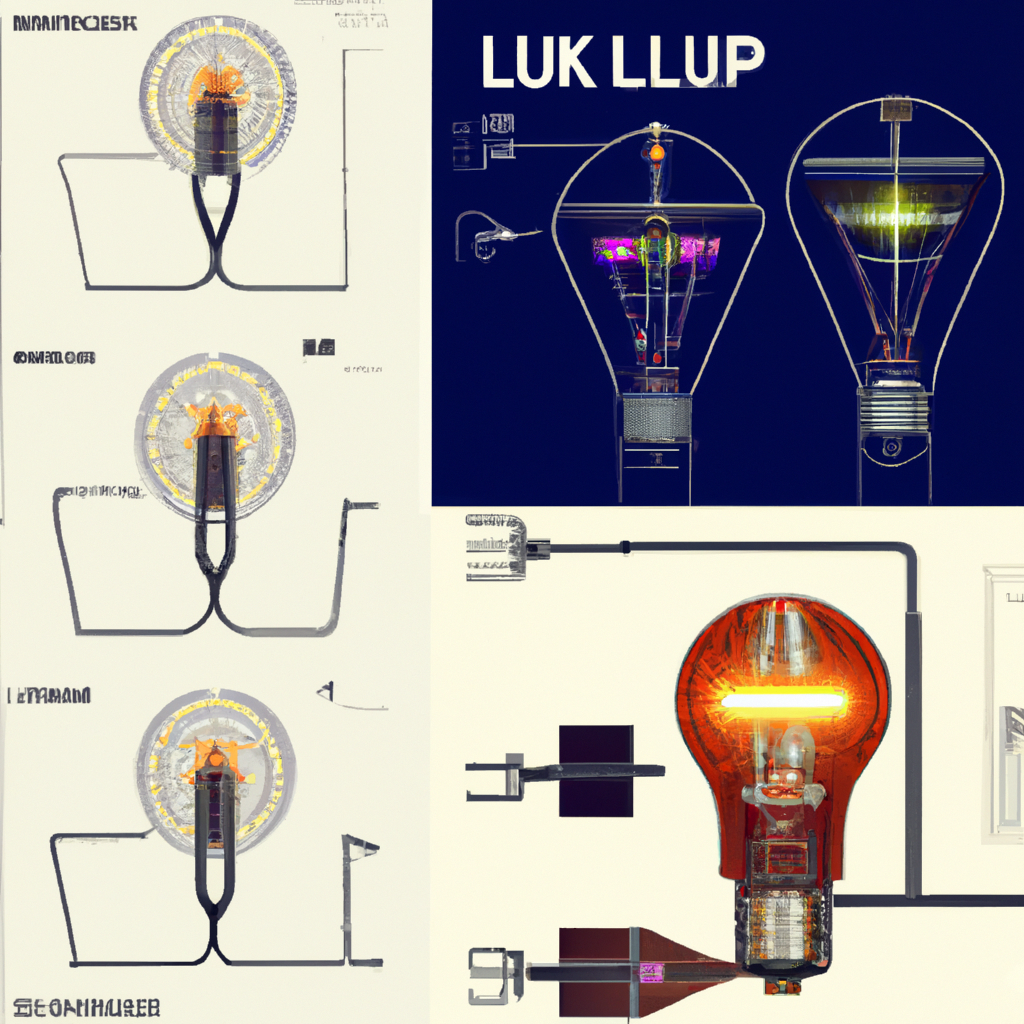Filament LED bulbs have gained popularity as an energy-efficient alternative to traditional incandescent bulbs. These bulbs utilize advanced technology to produce light while consuming significantly less energy. Let’s delve into the workings of filament LED bulbs and understand how they operate.
What Are Filament LED Bulbs?
Filament LED bulbs are designed to mimic the appearance of traditional incandescent bulbs. They feature a series of LED filaments arranged in a manner that resembles the filament structure found in incandescent bulbs. This design allows for a similar warm and inviting glow while providing the benefits of LED technology.
How Do Filament LED Bulbs Generate Light?
The LED filaments in these bulbs are composed of semiconducting materials that emit light when an electrical current passes through them. Unlike traditional incandescent bulbs that rely on a heated filament to produce light, filament LED bulbs utilize the principle of electroluminescence.
Electroluminescence Process:
- When an electrical current flows through the LED filaments, it encounters a semiconductor material. This material consists of positively and negatively charged regions, creating a junction within the LED.
- As electrons and electron holes combine at the junction, energy is released in the form of photons, which are particles of light. This phenomenon is known as electroluminescence.
- The specific materials used in the LED filaments determine the color of the emitted light. Different combinations of semiconducting materials can produce a range of colors, including warm white, cool white, and various hues.
The Role of LED Drivers:
Filament LED bulbs require a constant and precise electrical current to operate efficiently. LED drivers are integral components within these bulbs that regulate the current supplied to the LED filaments. They ensure a steady flow of electricity, protecting the LED filaments and maximizing their lifespan.
Benefits of Filament LED Bulbs:
Filament LED bulbs offer several advantages over traditional incandescent bulbs, including:
- Energy Efficiency: Filament LED bulbs consume significantly less energy, resulting in lower electricity bills and reduced environmental impact.
- Long Lifespan: The efficient operation and robust design of LED filaments contribute to extended bulb lifetimes, often lasting tens of thousands of hours.
- Durability: Filament LED bulbs are more durable than incandescent bulbs, as they are less prone to damage from vibration or impact.
- Instant Lighting: Unlike some other types of energy-efficient bulbs, filament LED bulbs provide instant illumination without the need for warm-up time.
In conclusion, filament LED bulbs utilize electroluminescence to produce light, relying on LED filaments rather than heated filaments found in traditional incandescent bulbs. Through efficient energy consumption, extended lifespans, and durable construction, these bulbs offer a compelling alternative for both residential and commercial lighting needs.

Leave a Reply